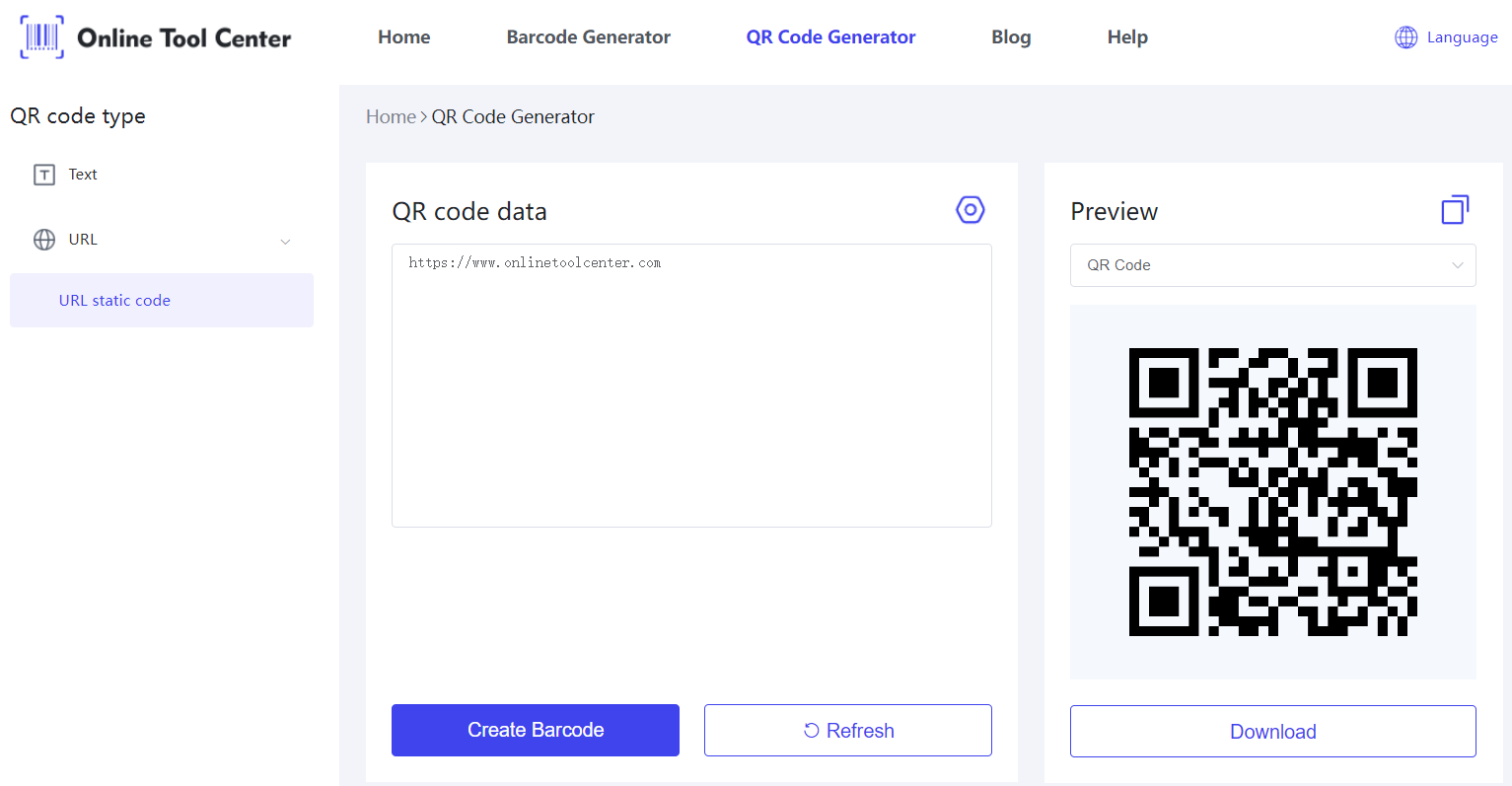In the digital age, the adoption of QR codes in mobile Apps has become a critical strategy for enhancing marketing efforts and boosting user engagement.
What is a QR Code in an App?
A QR code within a mobile application acts as a digital gateway, linking physical and digital realms seamlessly. Essentially, it is a type of barcode that, when scanned, directs users to online resources, such as websites, app download pages, or specific features within apps.
How to a Create QR Code for Apps?
Generating a QR code for your app involves several key steps.

First, select a free QR code generator, which offers comprehensive options for creating diverse QR codes tailored to various marketing needs.
When creating your QR code, keep its appearance in mind to ensure it matches your brand's identity.
Lastly, embed a URL that directs users straight to your app on popular app stores or specific pages within the app.
How to Enhance User Experience with QR Codes in Apps?
QR codes' ability to enhance user experience (UX) by providing quick access to content and features without cluttering the interface is unmatched.
By seamlessly integrating QR codes, you can unlock innovative ways to engage users, streamline app functionality, and provide value that is both immediate and impactful. Here are several strategic ways QR codes can be used to enhance UX in mobile apps:
1. Streamlined Access to Information
QR codes can dramatically simplify how users access detailed information. For instance, an app can feature a QR code that, when scanned, reveals comprehensive product details, user manuals, or even tutorial videos.
This method is particularly useful in shopping apps, where space is limited and users appreciate quick access to detailed product descriptions and specifications without having to navigate away from the main page.
2. Enhanced Onboarding Experience
The first few minutes of user interaction can define the future engagement level in an app. QR codes can be used to enhance the onboarding process by providing new users with quick access to welcome offers, tutorial content, or important information.
For example, a fitness app could provide a QR code that new users scan to download personalized workout plans or dietary guidelines directly to their devices.
3. Personalized User Journeys
Personalization is key to creating meaningful user experiences. QR codes can facilitate a tailored user experience by linking to personalized settings or content.
Apps can generate personalized QR codes based on user behavior or preferences, which, when scanned, could adjust app settings, themes, or content to match individual user profiles.
4. Quick Sharing and Social Features
Social interaction enhances user engagement. QR codes can be a tool for sharing app content or profiles on social media quickly.
By scanning a QR code, users could share a product, a game score, or a digital business card on their social networks effortlessly. This feature not only improves the user experience but also amplifies the app’s reach and visibility.
5. Seamless Offline to Online Integration
For apps that operate both offline and online, QR codes provide a seamless bridge.
For instance, QR codes used in physical stores or at events can enhance the shopping or participation experience by linking directly to online features, such as saving an item for later purchase in an e-commerce app or registering for event updates.
Best Practices for QR Code in Apps Integration
While QR codes offer immense benefits, their implementation must be thoughtful to truly enhance user experience:
● Visibility and Accessibility: Place QR codes in intuitive locations within the app, ensuring they are easily accessible without interrupting the user flow.
● Education and Indication: Indicate the purpose of each QR code and provide a brief tutorial or tooltip explaining how to use them, especially for users who might be less familiar with QR technology.
● Design and Customization: Customize the design of QR codes to match the app’s aesthetic, making them not only functional but also visually appealing.
● Testing Across Devices: Ensure that QR codes work seamlessly across different devices and operating systems to avoid excluding segments of your user base.
In conclusion, QR codes offer a powerful tool for enhancing app development and digital marketing strategies. By integrating QR codes, you can not only improve user engagement but also gather crucial analytics that drive more personalized marketing efforts.
Ready to integrate QR codes in Apps? Visit our QR code generator and start enhancing your app's marketing and user experience today!
FAQs
1. What is the difference between using QR codes in apps and other digital platforms?
In apps, QR codes can be used to enhance specific mobile functionalities, such as app login, sharing personal profiles, or linking to particular app screens.
On other digital platforms, like websites, QR codes are often used for quick redirections to other online resources or to bridge the gap between physical and digital content, such as in print advertisements.
2. What are common mistakes to avoid when using QR codes in app marketing?
Avoid placing QR codes in low-visibility areas, using overly complex URLs, or neglecting to test functionality across different devices.




